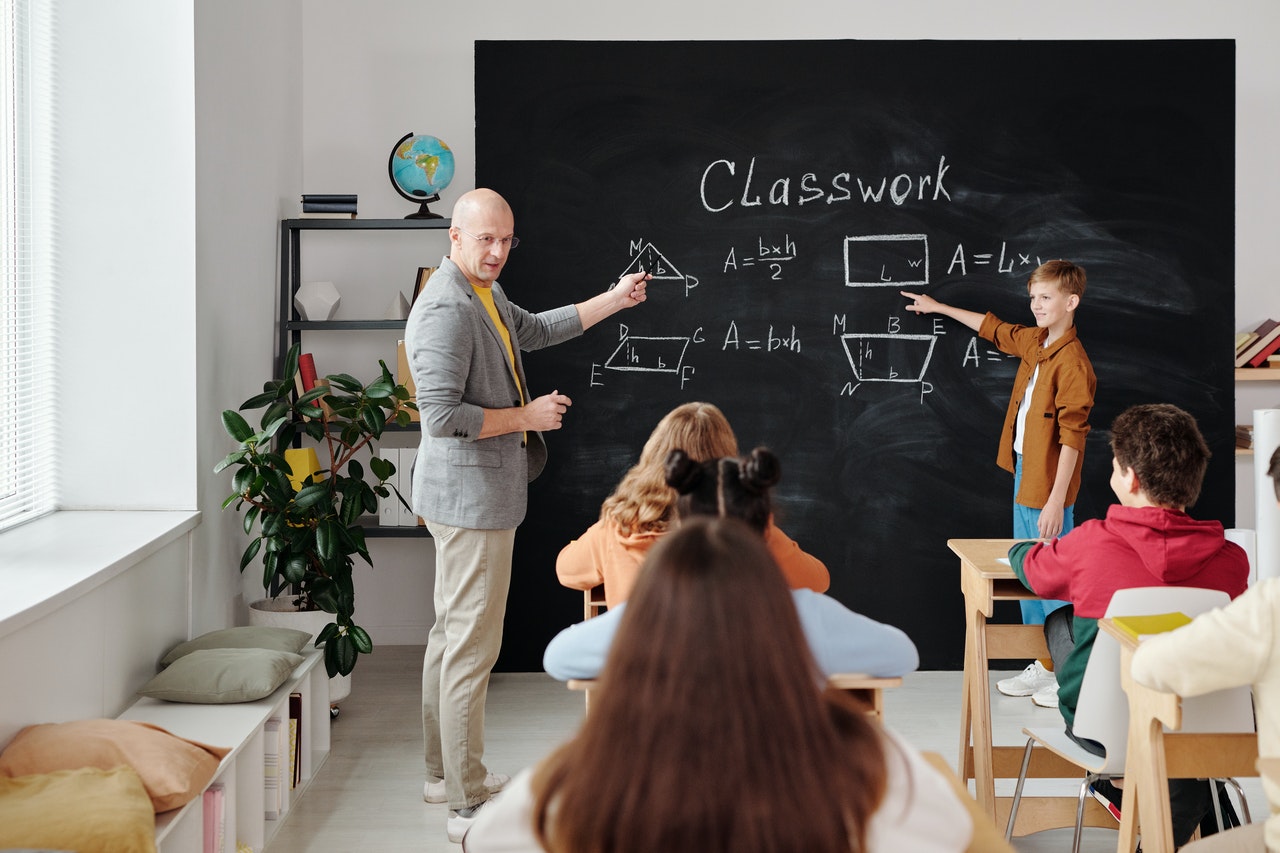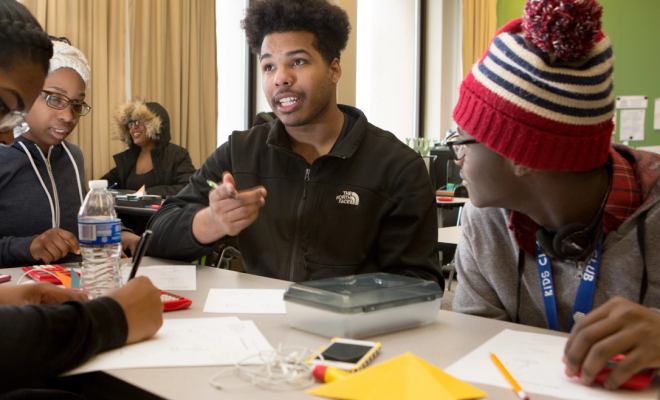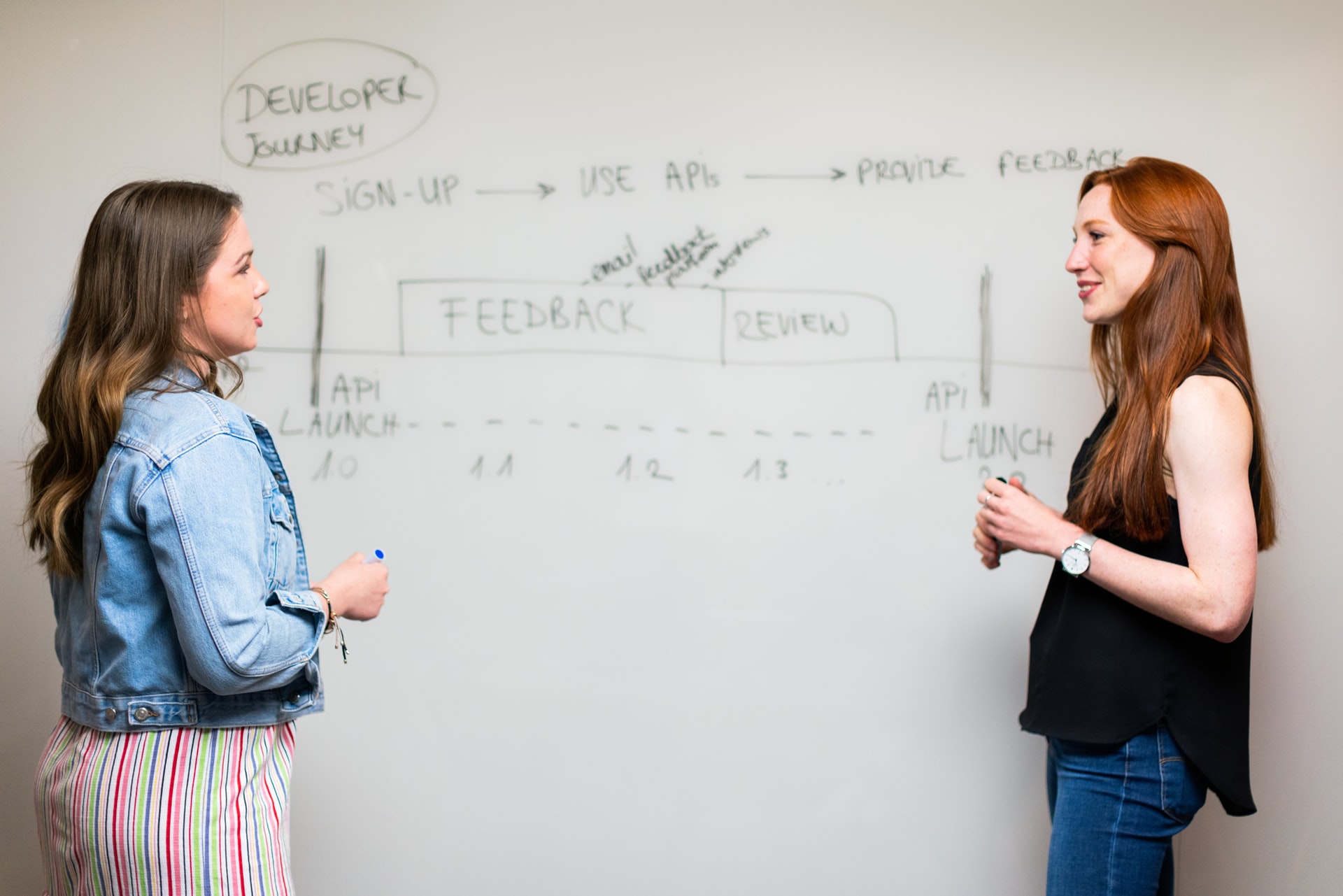Activities to Teach Students to Identify Laboratory Tools

As a science teacher, it’s essential to equip your students with the right laboratory skills, including the ability to identify and use different laboratory tools. Laboratory tools are essential in conducting experiments, and students must learn how to use them appropriately to achieve accurate and reliable results in their science studies. In this article, we’ll discuss some of the activities you can use to teach your students to identify laboratory tools.
1. Scavenger Hunt
A scavenger hunt is a fun way to introduce students to various laboratory tools. Provide students with a list of laboratory tools they need to find around the school laboratory. Divide students into groups, give them a time limit, and ask them to find the tools on the list. Once they have found all the tools, ask them to demonstrate their knowledge of each tool by explaining what it is used for and how to use it correctly.
2. Tool Identification Gam
Another fun way to teach students to identify laboratory tools is by playing a game. Create a set of flashcards, each with a picture of a different laboratory tool. Shuffle the cards and distribute them among your students. Ask them to identify the tool on their card, explain its purpose and how it is used. Award points for correct answers, and you can even make the game more challenging by setting a time limit or turning it into a quiz-style game.
3. Mini-Lab Activities
Incorporate mini-lab activities that give students a hands-on opportunity to handle and identify laboratory tools. For instance, you can create a simple experiment where students use a graduated cylinder and beaker to measure and pour water. In doing so, they will learn how to handle the tools, and you can guide them in identifying the different tools used within the experiment.
4. Role-play activities
Role-plays are another exciting way to teach students to identify laboratory tools. Assemble a set of laboratory tools and get your students into pairs. Ask them to create dialogues using the lab equipment. For instance, one student can pretend to be a scientist, and the other can act as the equipment, describing how they work to the “scientist”. By doing so, students get to recognize different laboratory tools by their names and understand their functions.
In conclusion, teaching students to identify laboratory tools is not only essential for their safety but also equips them with skills they need in science experiments and research activities. As a teacher, you can utilize the activities we have highlighted above to make the learning process enjoyable and memorable for your students. With time, your students will become confident in their ability to use the tools effectively and safely.






